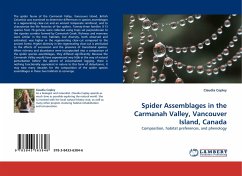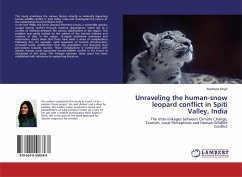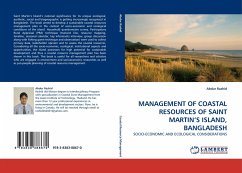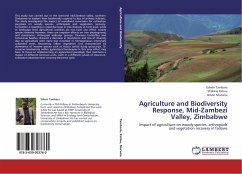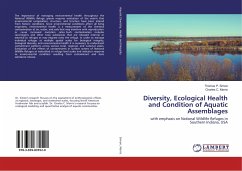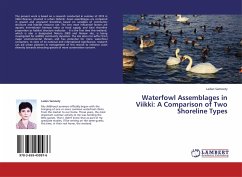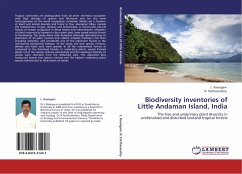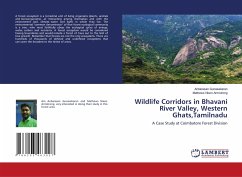The spider fauna of the Carmanah Valley, Vancouver Island, British Columbia was examined to determine differences in species assemblages in a regenerating clear-cut and an ancient temperate rainforest, and to characterize the life histories of the spiders. Twenty-three families (113 species from 76 genera) were collected using traps set perpendicular to the riparian corridor formed by Carmanah Creek. Richness and evenness were similar in the two habitats, but diversity, both observed and estimated, was higher in the regenerating clear-cut compared to the ancient forest. Higher diversity in the regenerating clear-cut is attributed to the effects of succession and the presence of transitional species. When richness and abundance were incorporated into a comparison of the spider species assemblages, they differed significantly. Because the Carmanah Valley would have experienced very little in the way of natural perturbation before the advent of industrialized logging, there is nothing functionally equivalent in nature to this form of disturbance. It may take many decades for the composition of the spider species assemblages in these two habitats to converge.
Bitte wählen Sie Ihr Anliegen aus.
Rechnungen
Retourenschein anfordern
Bestellstatus
Storno

